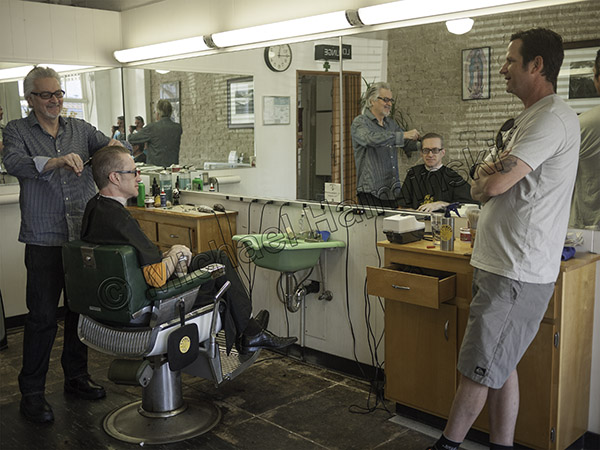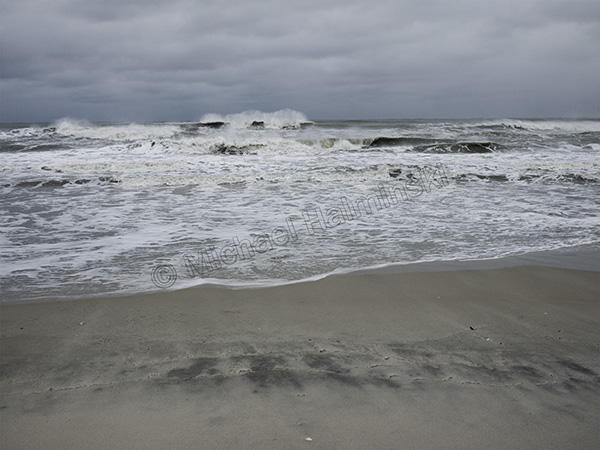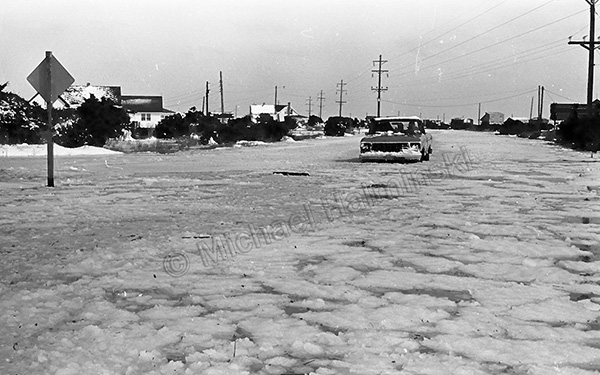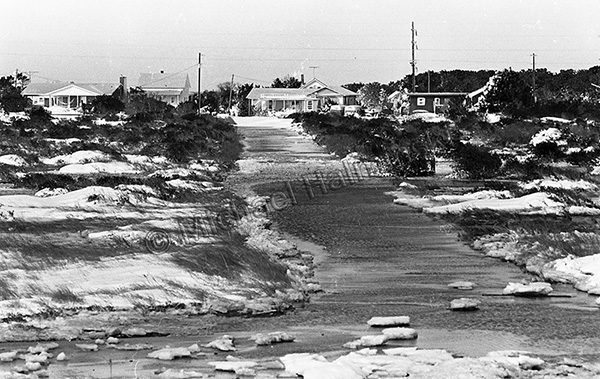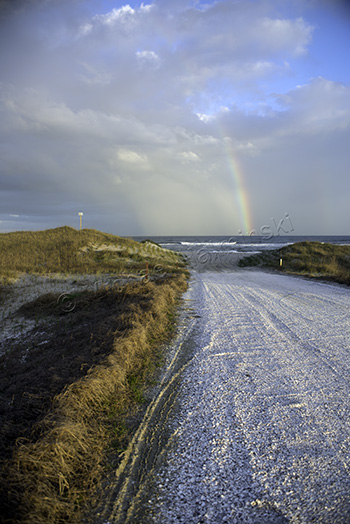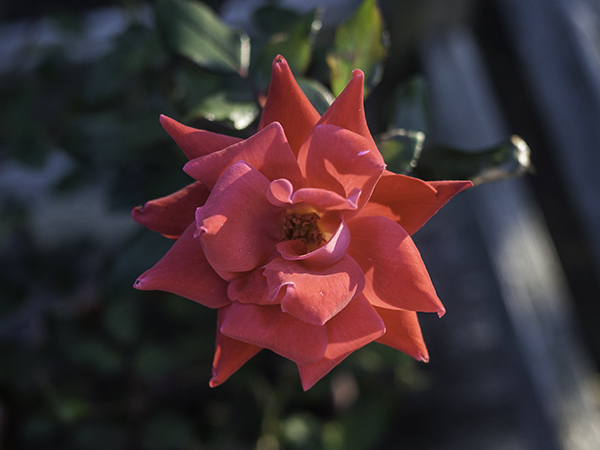There were some things around in the 70’s, remnants of folks living in Salvo long before me. In retrospect I wish I had taken a lot more pictures of those relics. Each year that goes by brings change. In with the new, yet the old ways deteriorate and eventually are gone. I always enjoyed the rural feeling, especially in the village of Salvo. There were remains there that I saw nowhere else.
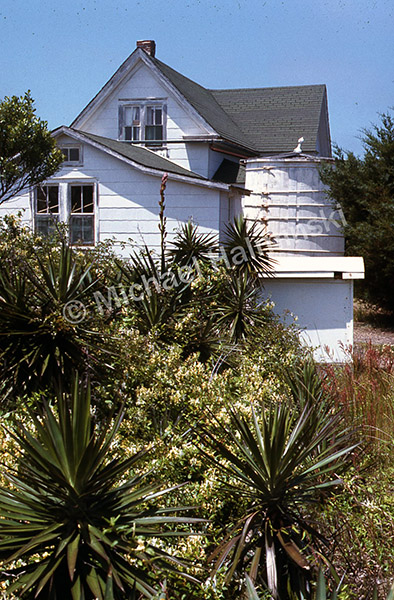 The old homesteads were simple and functional. Mr. Perry Farrow’s place was a hundred yards from a trailer that I rented. Cisterns were a common source for water. They called it sweet water.
The old homesteads were simple and functional. Mr. Perry Farrow’s place was a hundred yards from a trailer that I rented. Cisterns were a common source for water. They called it sweet water.
 At the south end of town, the Whidbee place sat in a gorgeous, well sheltered maritime forest. Years later when the surrounding property was sold to a developer, most of that pristine forest was cut down.
At the south end of town, the Whidbee place sat in a gorgeous, well sheltered maritime forest. Years later when the surrounding property was sold to a developer, most of that pristine forest was cut down.
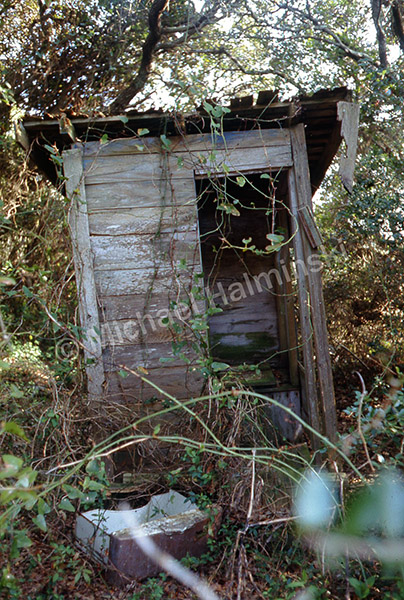 Nearby stood an outhouse that no longer served a purpose.
Nearby stood an outhouse that no longer served a purpose.
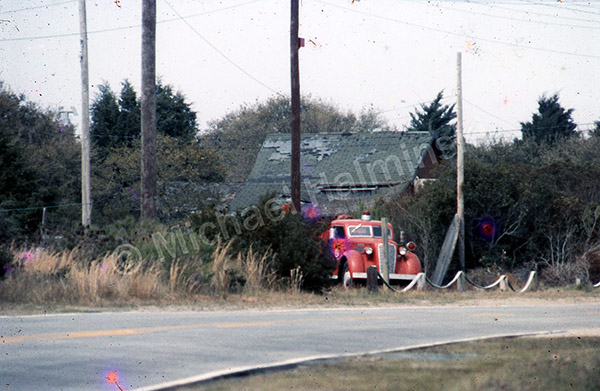 The Salvo fire truck was parked in a lot next to the long-abandoned Community Store that was beginning to fall apart.
The Salvo fire truck was parked in a lot next to the long-abandoned Community Store that was beginning to fall apart.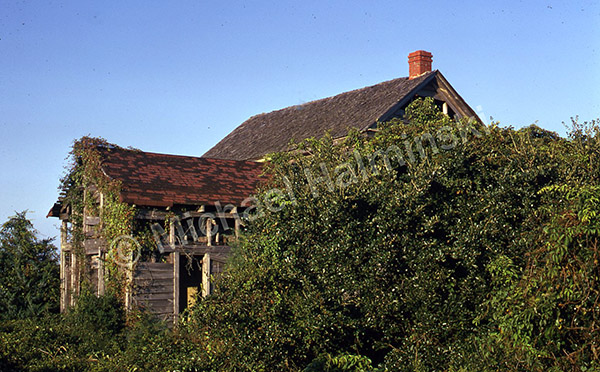 I never met Miss Kitty, but her old home next to Dan Leary’s store was covered in briars, honeysuckle and poison ivy.
I never met Miss Kitty, but her old home next to Dan Leary’s store was covered in briars, honeysuckle and poison ivy.
 One of the most well-maintained buildings in town was the “Little Church with a Big God”. I remember hearing about Lucy Hooper salvaging timbers from shipwrecks to build it. She was a pillar in the community and by the time I met her, she was getting quite old.
One of the most well-maintained buildings in town was the “Little Church with a Big God”. I remember hearing about Lucy Hooper salvaging timbers from shipwrecks to build it. She was a pillar in the community and by the time I met her, she was getting quite old.
 In the old days, the Hattie Creef was a mainstay of Outer Banks travel, and even played a role in bringing the Wright Brothers to Kill Devil Hills for their first flights. The boat was brought to Salvo and made into a most unusual restaurant.
In the old days, the Hattie Creef was a mainstay of Outer Banks travel, and even played a role in bringing the Wright Brothers to Kill Devil Hills for their first flights. The boat was brought to Salvo and made into a most unusual restaurant.
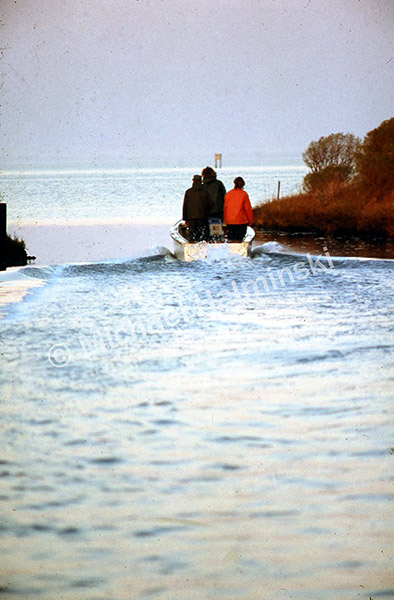 Fathers fished for a living and passed it down to their sons. One day in 1975, I watched as I D Midgett was getting underway from a Salvo creek in a wooden skiff with his sons. This just doesn’t happen here any more.
Fathers fished for a living and passed it down to their sons. One day in 1975, I watched as I D Midgett was getting underway from a Salvo creek in a wooden skiff with his sons. This just doesn’t happen here any more.


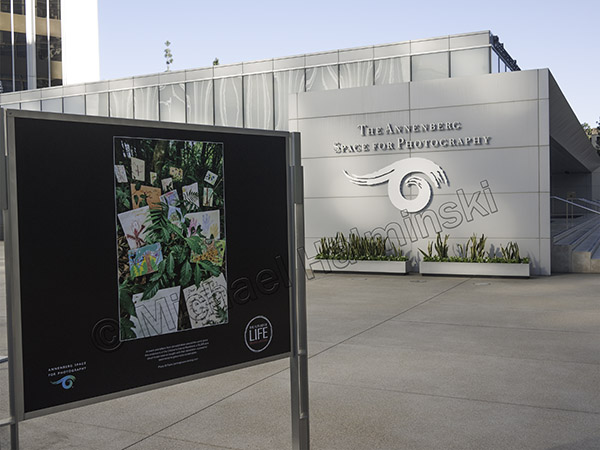

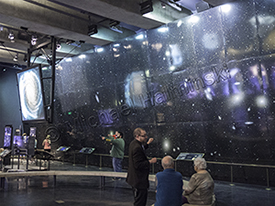

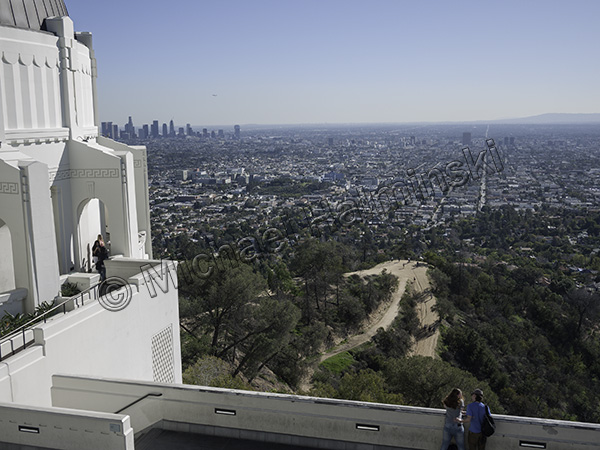
 Tourists lined up to have their pictures taken with the Hollywood sign as a backdrop.
Tourists lined up to have their pictures taken with the Hollywood sign as a backdrop.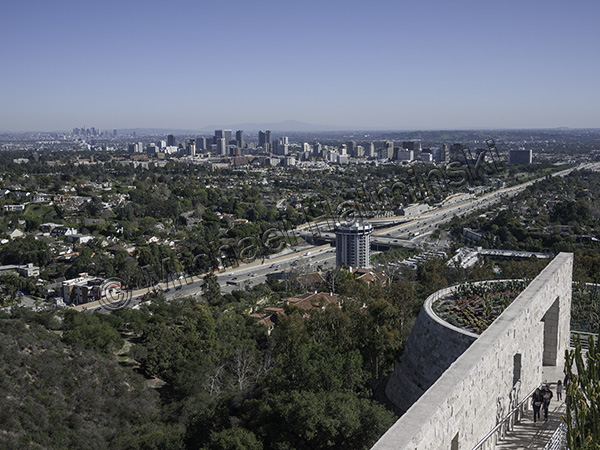
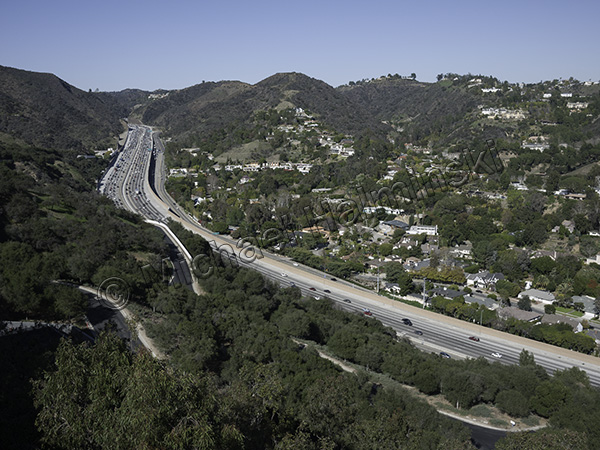
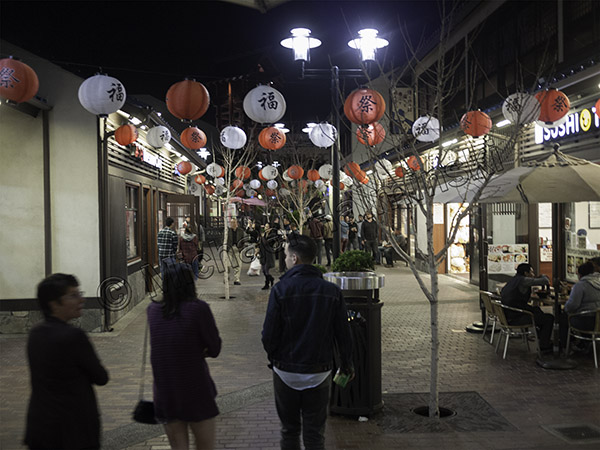
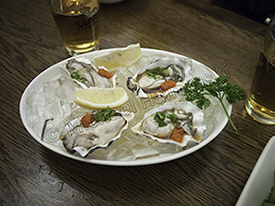


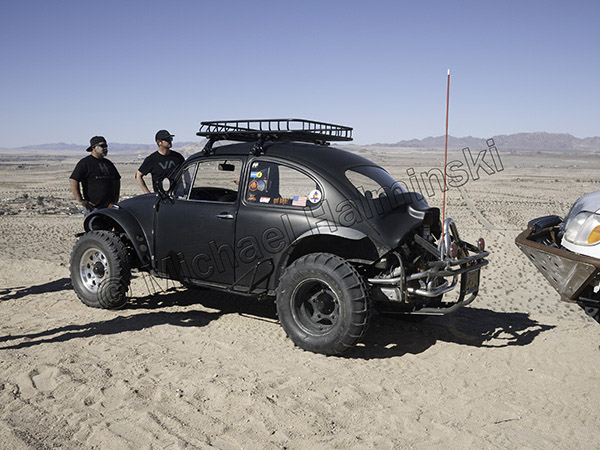




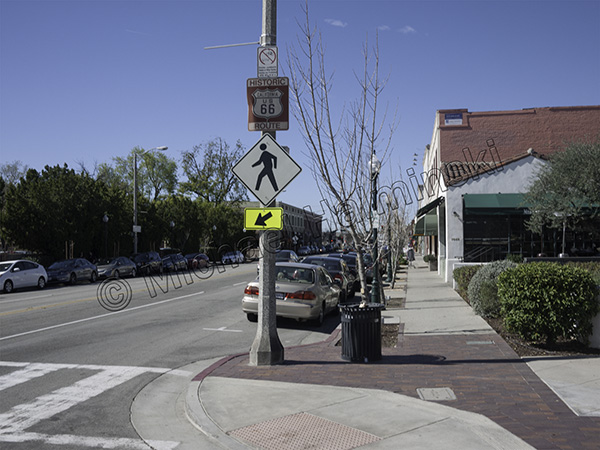
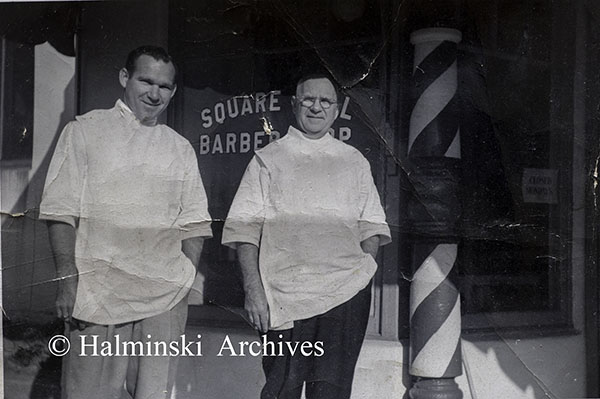
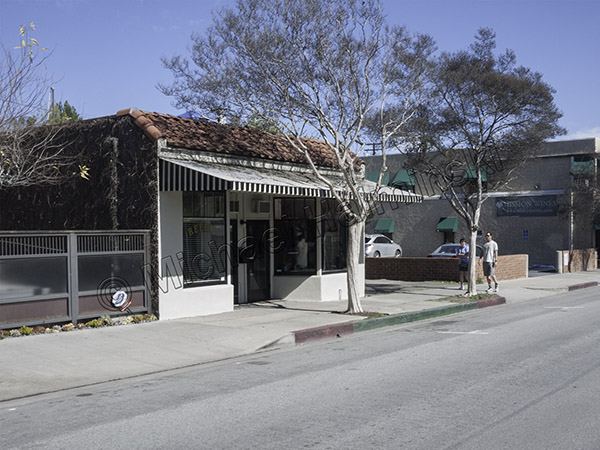 Today the barbershop is called Reedy’s, and still has a clean, welcoming appearance.
Today the barbershop is called Reedy’s, and still has a clean, welcoming appearance.